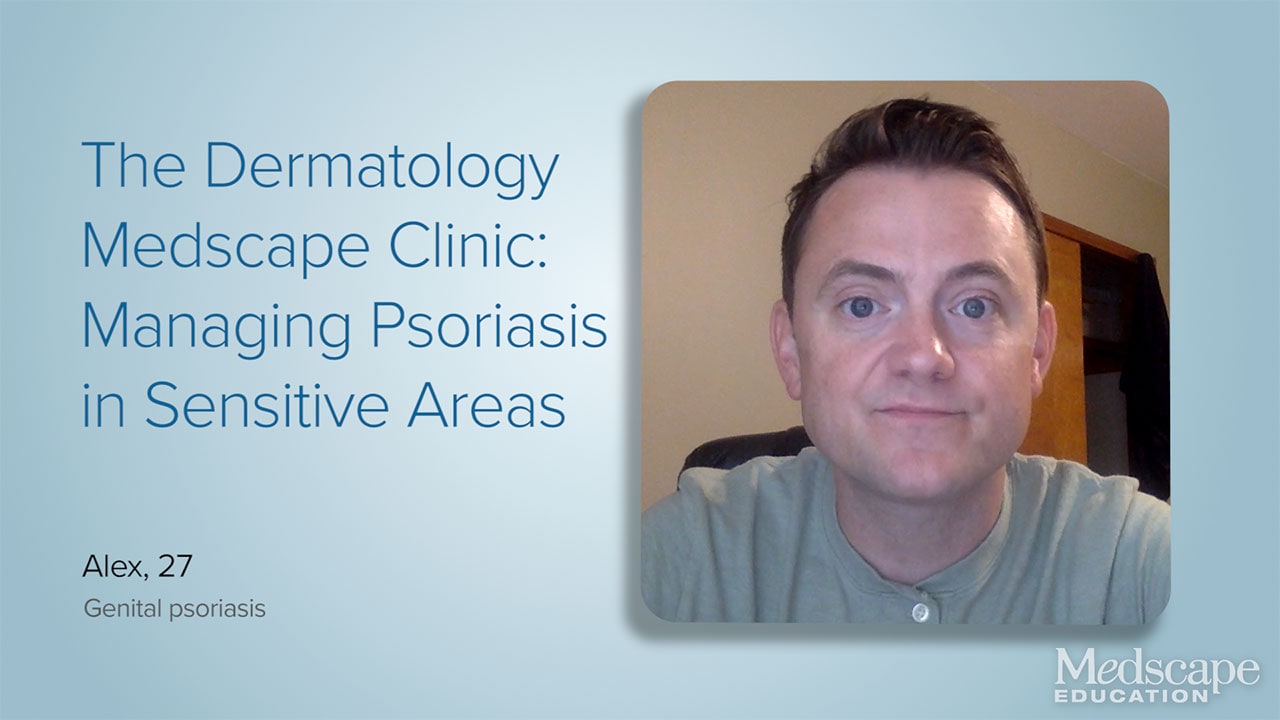Background
Subcorneal pustular dermatosis (SPD) is a rare, chronic, relapsing pustular eruption characterized by subcorneal pustules that contain neutrophils on histopathology. It was first described by Sneddon and Wilkinson in 1956. [1, 2] This condition is more common in middle-age and older women but has been reported to occur also in children. [2, 3, 4, 5] Clinical findings are discrete, flaccid pustules or grouped vesicles that present predominantly on the flexor surfaces. In rare cases, unusual involvement of the face, palms, and soles has been described. [6]
Despite marked improvement in investigation techniques, the pathogenesis of this entity is still controversial. Direct and indirect immunofluorescence results are commonly negative in the subcorneal pustular dermatosis. These findings suggest that subcorneal pustular dermatosis may not be an autoantibody-mediated disease. However, it was found that some patients with subcorneal pustular dermatosis show epidermal intercellular immunoglobulin A (IgA) deposits on direct and indirect immunofluorescence, which places them in the group of IgA pemphigus. [4, 7]
Subcorneal pustular dermatosis has been described in association with IgA monoclonal gammopathies, [8, 9, 10] multiple myeloma, [11] and inflammatory diseases such as rheumatoid arthritis (RA) [12, 13] and Crohn disease. [14, 15]
According to some authors, subcorneal pustular dermatosis can be classified as one of the neutrophilic dermatoses together with pyoderma gangrenosum, Sweet syndrome, and erythema elevatum diutinum, [16] while others classify it within the group of autoinflammatory pustular neutrophilic diseases, together with pustular psoriasis variants. [17] In addition, it must be noted that autoimmune intercellular IgA dermatosis with autoantibodies to desmocollin is almost indistinguishable from classic subcorneal pustular dermatosis, which makes the nosological classification of this entity remain controversial. [7]
Pathophysiology
The exact pathophysiology of subcorneal pustular dermatosis (SPD) is unknown. The accumulation of neutrophils in the subcorneal layer suggests the presence of chemoattractants in the uppermost epidermis, but the stimulus for these chemoattractants was not found. Interleukin (IL)‒1 beta, IL-6, IL-8, IL-10, leukotriene B4, and complement fragment C5a are neutrophil chemoattractants that have been found at increased levels in scale extracts of patients with subcorneal pustular dermatosis compared with that of controls. Tumor necrosis factor (TNF)‒alpha levels have been found to be significantly elevated in the serum and blister fluid of patients with subcorneal pustular dermatosis. [5, 6] However, TNF-blockers were not found to be effective in all patients, although there are reports on successful treatment with this class of drugs. [18, 19] A case of a TNF-alpha-inhibitor–induced subcorneal pustular dermatosis has also been described. [20]
Immunofluorescence studies are negative in the subcorneal pustular dermatosis of Sneddon-Wilkinson. However, a rare subtype of subcorneal pustular dermatosis has been reported to have a positive immunofluorescence with IgA deposition restricted to the upper epidermis and directed against desmocollin. As noted above, the clinical and histopathological characteristics have led experts to classify this variant as a variant of IgA pemphigus resembling subcorneal pustular dermatosis. In a large 2016 series of 49 patients with intercellular IgA dermatosis and 13 cases with subcorneal pustular dermatosis, it was confirmed that the subcorneal pustular dermatosis type of intercellular IgA dermatosis is clinically and histopathologically indistinguishable from classic subcorneal pustular dermatosis without immunoreactants. [7]
Additionally, despite many attempts, no infectious agent or other immunogenic trigger has yet been identified in subcorneal pustular dermatosis patients. The eruption is regarded as sterile, although it may sometimes become secondarily infected with Staphylococcus aureus or streptococcal species. Preceding Mycoplasma pneumoniae infection was implicated in one report, but this case had an acute presentation that responded to 3 months of dapsone without relapse. [21]
Etiology
The etiology of subcorneal pustular dermatosis (SPD) is unknown. Subcorneal pustular dermatosis is a sterile eruption. Because multiple subtypes have been recognized, subcorneal pustular dermatosis has more than one etiology.
Some cases of subcorneal pustular dermatosis have been considered a variant of pustular psoriasis. Note that clinical and histological differentiation of subcorneal pustular dermatosis from pustular psoriasis can be difficult, although spongiform changes on histology favor the latter. Furthermore, a significant number of cases initially diagnosed as subcorneal pustular dermatosis are later diagnosed as psoriasis.
Other cases of subcorneal pustular dermatosis are argued to be a rare variant of pemphigus, known as subcorneal pustular dermatosis type IgA pemphigus. This subgroup of patients shows positive immunofluorescence with epidermal intercellular IgA deposits. The positive immunofluorescence can develop years after the initial diagnosis of subcorneal pustular dermatosis. Unlike pemphigus, a predominance of neutrophils and an absence or moderate acantholysis is observed; additionally, the condition is usually responsive to dapsone.
Epidemiology
Subcorneal pustular dermatosis (SPD) is a rare condition, and no estimate of prevalence or incidence is available. Cases have been reported worldwide, but no particular geographical predominance is apparent. Subcorneal pustular dermatosis affects middle-aged or elderly women more commonly than men.
Subcorneal pustular dermatosis is most common in individuals aged 40 years or older. It has been reported in children, without differences described in clinical features and prognosis between children and adults, but some cases tend to have atypical features more suggestive of psoriasis. [22, 23, 24]
Prognosis
Subcorneal pustular dermatosis (SPD) is chronic and relapsing but benign. The association of subcorneal pustular dermatosis with paraproteinemia or lymphoproliferative disorders, especially multiple myeloma, may alter the prognosis.
-
Circinate plaques and pustules on nonerythematous base in a patient with subcorneal pustular dermatosis.
-
Subcorneal pustular dermatosis with numerous pustules on erythematous base.
-
Subcorneal pustules with neutrophil accumulation and minimal spongiosis.










